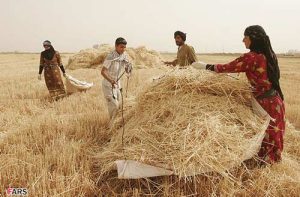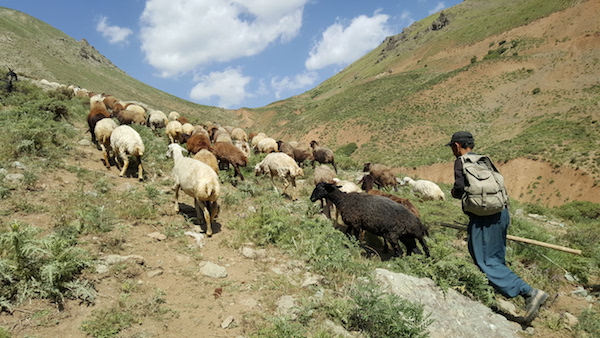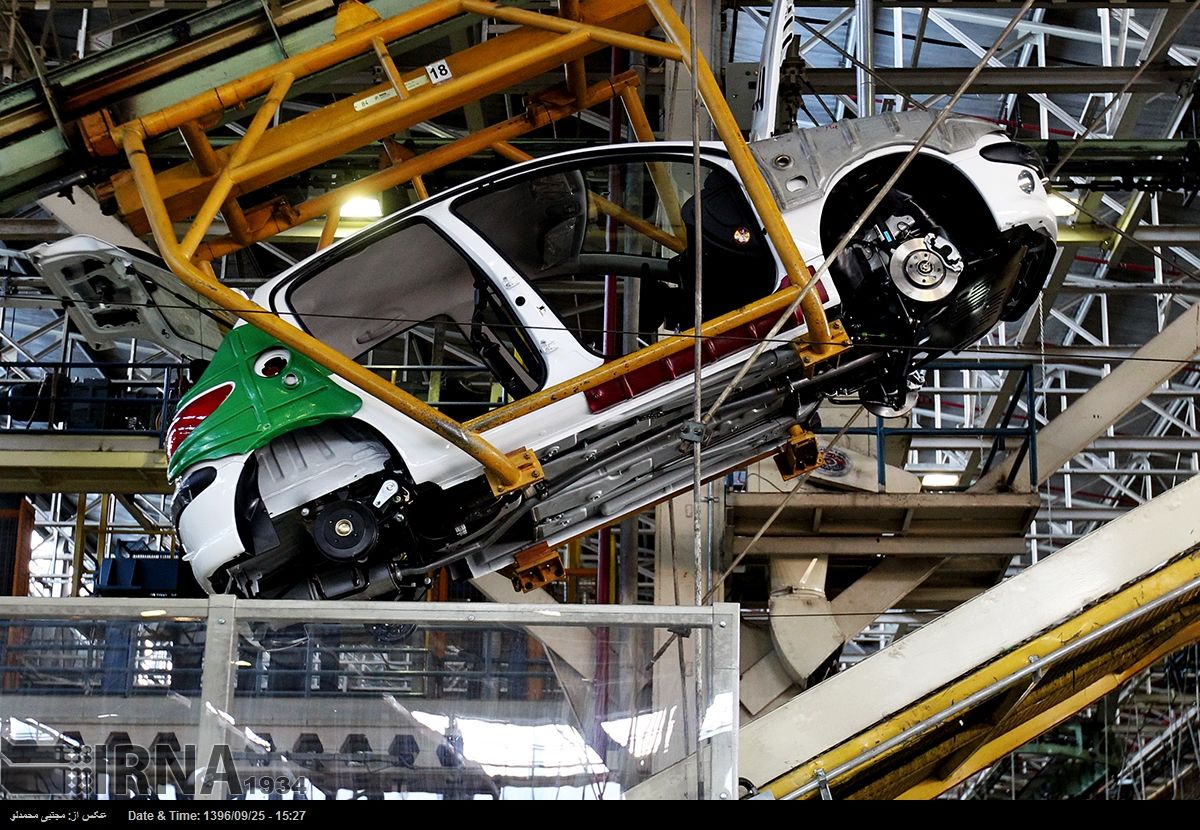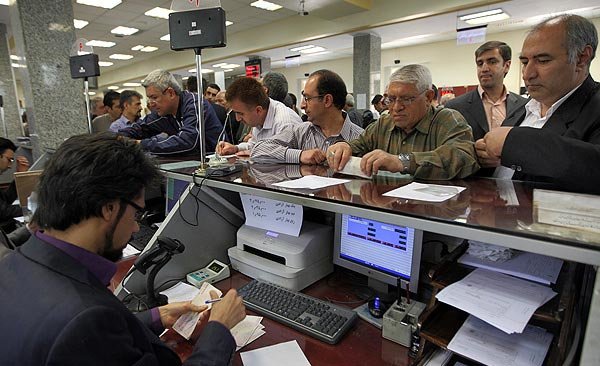
Ministry of Agriculture of Iran is happy that once again, the country has reached self-sufficiency in wheat production. This result was achieved once in 2006.

Thanks to more rain fall this year and some improvements in agricultural management, more than 11 million tonnes of wheat is expected to be harvested in the current season. The government will buy the grain from the farmers, paying 130000 billion IRR, equivalent to $4.2 billion at the official exchange rate.
In 2006, 10 million tonnes of wheat was produced in Iran. However, in the subsequent years the production capacity was reduced by one million tonnes yearly which resulted in large imports. By 2013, at the end of Mr. Ahmadinejad presidency in Iran, 6 million tonnes of wheat was imported.
Although reaching self-sufficiency in production of such a strategical product is very important, some economic experts argue that for two reasons it might not be worth the price the Government is paying.
Firstly, the quality of the wheat is not uniform. Indeed, the Government does not impose stringent requirements on the quality of the wheat and only guarantees to buy it from the farmers.
Secondly, Iran is suffering from draught. This threatens the sustainability of self-sufficiency. Some arguments say that instead of having a policy for subsidizing the production of wheat locally, the Government should follow a long-term policy such that the downstream industries can play a significant role.
At the moment, however, the Ministry of Agriculture plans to export 2 million tonnes of wheat to the neighbouring countries.



